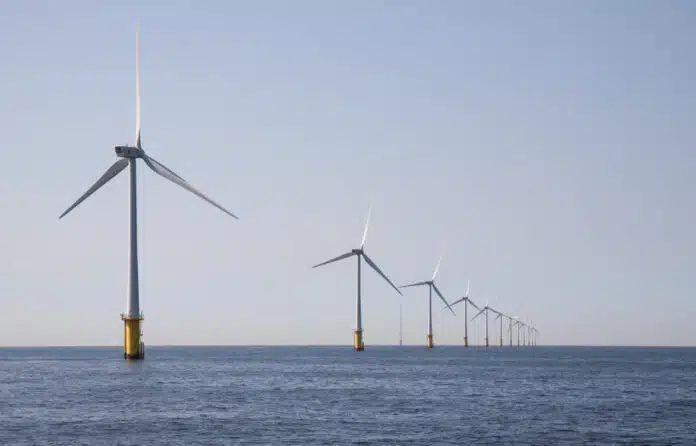
By Ashwini Sakharkar 15 Nov, 2024
Collected at: https://www.techexplorist.com/smart-robots-predicts-waves-real-time-cut-green-energy-costs/92694/
Innovative underwater robots equipped with real-time wave prediction capabilities could significantly lower the costs associated with offshore renewable energy production, according to a recent study.
Researchers claim that new technology allowing robots to operate effectively in rough seas could streamline the maintenance of offshore wind farms and tidal turbines, making it more economical, quicker, and safer.
Previously, the unpredictable nature of waves has posed challenges for machines trying to maintain stability and execute precise tasks, hampering the use of robots in servicing offshore platforms. Deploying autonomous robots to handle routine maintenance tasks offshore could dramatically reduce the costs of generating renewable energy, which generally remains much higher compared to fossil fuels, the research team emphasizes.
Additionally, this approach would streamline operations — currently reliant on ships, helicopters, and complex hoisting systems — while eliminating the need for personnel to navigate hazardous environments.
Engineers at the University of Edinburgh have pioneered groundbreaking computational and experimental tools that empower autonomous robots to maintain a stable position even in the tumultuous environment of irregular, buffeting waves. This innovative system was rigorously tested at the University’s FloWave testing tank, using authentic wave data sourced from a North Sea buoy to recreate the real-life conditions robots will encounter.
Wave-sensing devices are anchored to the ocean floor and assess the height and direction of incoming waves, constantly communicating this information to a nearby robot. This capability allows the unmanned robot to anticipate complex upcoming disturbances in the water, enabling it to accurately counteract these to sustain a steady position.
Results show that the system works well for both surface-operating robots and those functioning at deeper levels, where they can still significantly feel the effects of disturbances. According to the team, this new technology enhances traditional control systems, which typically operate in a reactive manner. These systems often have slow response times to the rapidly changing disturbances in the ocean, making their reliability in dangerous environments considerably lower.
“A major limitation at present is robots’ ability to perceive and counteract environmental disturbances effectively, which fundamentally restricts the current use of small subsea vehicles. By forming a prediction of future wave disturbances and integrating this within the control system, we’re able to expand this range with little to no change to the robot hardware,” said Dr. Kyle Walker, who developed the work as part of his PhD at the University of Edinburgh. “In terms of translating this technology into the field, this is a huge benefit and makes our system applicable to most vehicles currently available on the market.”
Upcoming research is focused on enhancing the capabilities of autonomous machines to perform delicate tasks—such as utilizing robotic arms for rust detection and repairing electrical equipment—all while maintaining a stable position in the water. This initiative builds upon the foundational work of the now-completed ORCA Hub project, which was spearheaded by Heriot-Watt University and the University of Edinburgh to drive the transition toward greener energy solutions.
Dr Francesco Giorgio-Serchi of the University of Edinburgh’s School of Engineering, who led the study, said: “Increasing the use of autonomous robots to help maintain offshore renewable installations could have a transformative effect on cutting the cost of producing clean energy. Advancing this technology further could help bring about a step change in the adoption of unmanned robots at sea and drastically increase the degree of automation in the offshore sector.”
Journal reference:
- Kyle L. Walker, Laura-Beth Jordan, and Francesco Giorgio-Serchi. Nonlinear model predictive dynamic positioning of a remotely operated vehicle with wave disturbance preview. The International Journal of Robotics Research, 2024; DOI: 10.1177/02783649241286909

Leave a Reply